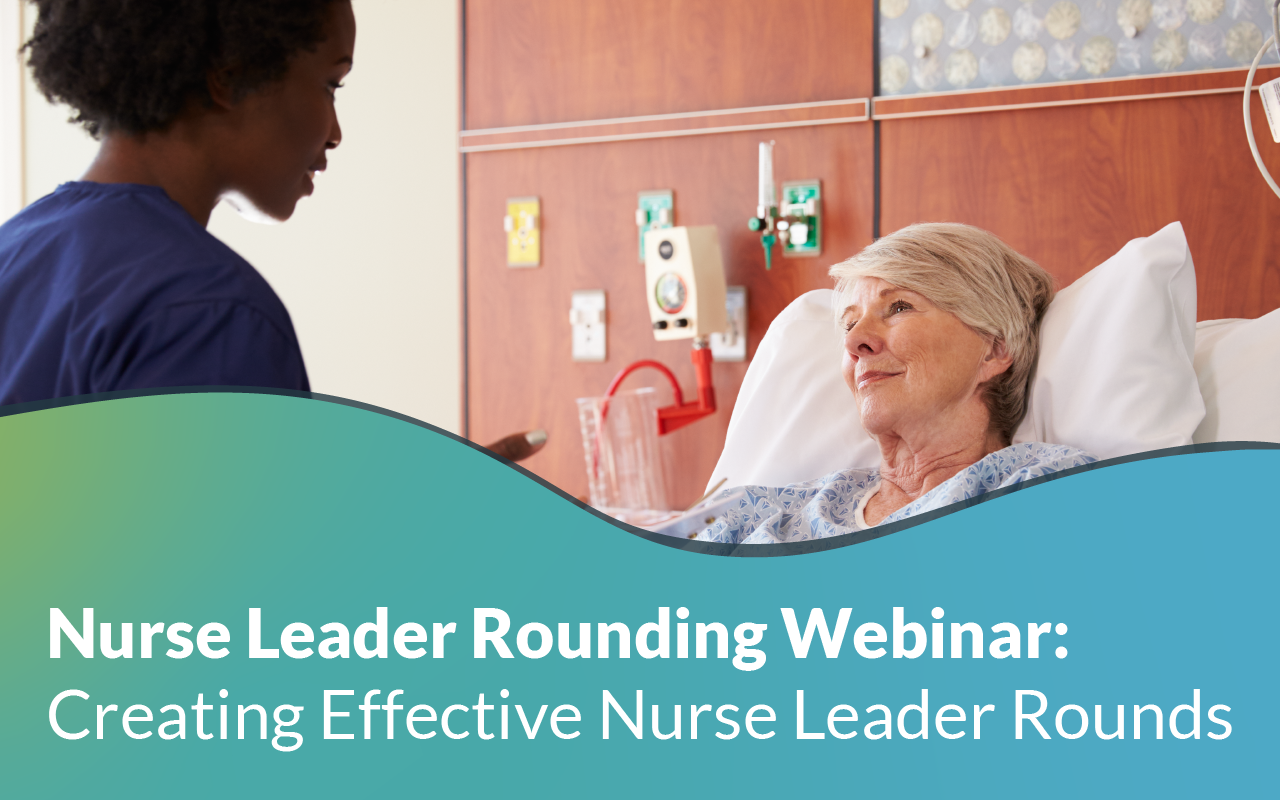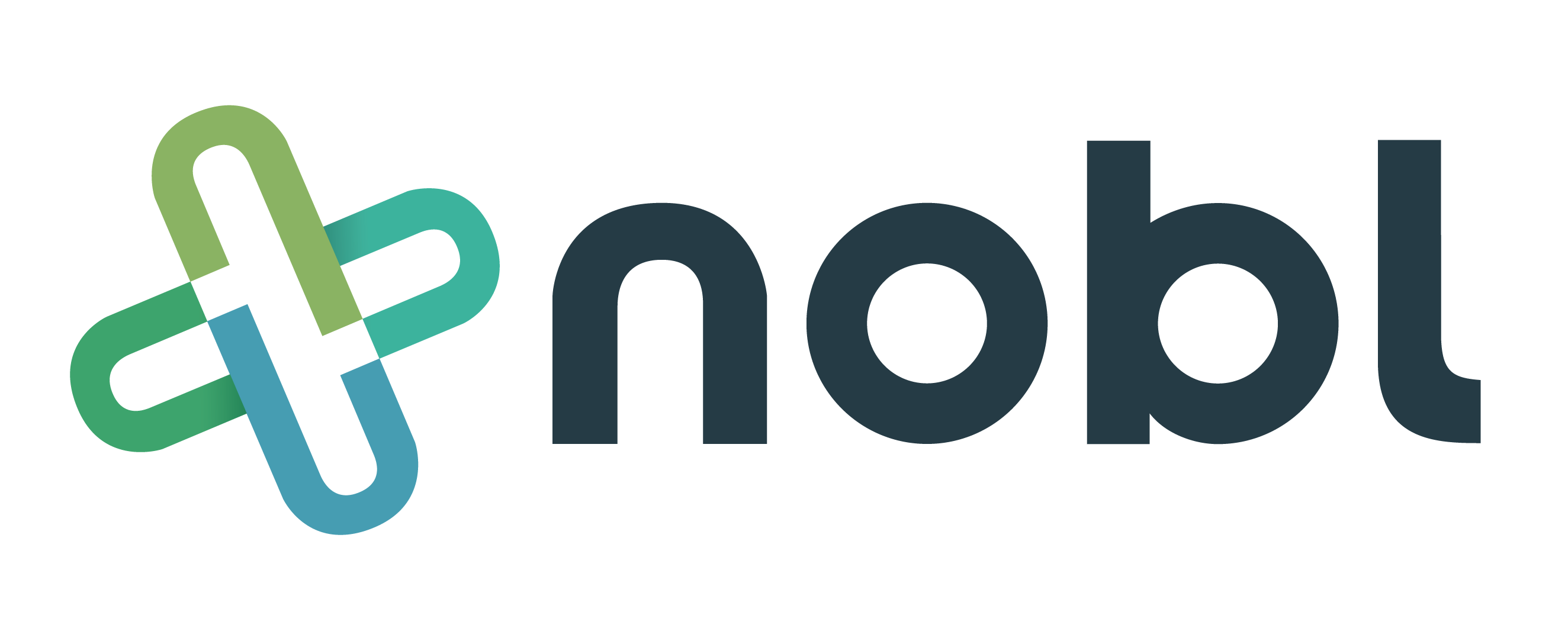
4 min read
Linking Executive and Nurse Leader Rounding to Magnet Stories
Nobl Health Jan 25, 2021 11:36:00 PM
Every January, millions of people start the new year with good intentions, if not true resolutions. For the past 16 years, January has marked a different milestone for me – an uptick in organization activities related to the ANCC Magnet Recognition Program® and a 10-month countdown to the annual ANCC Magnet Conference. The 2020 Covid-19 pandemic prevented me from attending the conference in person for the first time since 2003. Every year, I traveled to this amazing conference with 10,000 – 12,000 other excited nurses to learn about the latest best practices, discover innovations, and to network with like-minded professionals. It still amazes me that a farm-girl from Nebraska could be thrust into such an exciting realm, let alone become a respected coach and guide to help facilities achieve this prestigious nursing recognition.
I fell into a Magnet role in 2002 when my latex allergy became so severe that I could no longer work within the walls of my hospital as a nursing leader and Perinatal Clinical Nurse Specialist. I helped my organization achieve their first designation in 2005, the same year I was invited to become a national consultant with ANA/ANCC. It was Magnet that expanded my scope to a system-level Director, caused me to become deeply involved with patient satisfaction surveys, like hospital HCAHPS scores, and broadened my skills as an educator, meeting facilitator, and performance improvement coach. Improvement in patient experience with value-based purchasing linked to it, shaped my career, just as it did for many others. As a Director, I was assigned as the co-lead for an hourly rounding initiative on 28 acute care units.
In 2007, this new best practice was sweeping the country, and with a ready ‘toolkit’ of paper documentation forms, laminated clocks, informative table tents and the desire to support unit leaders to implement rounding in their own way, we thought improvements were inevitable. But manual documentation of rounding and expectations to ‘check a box’ every hour achieved the opposite effect – clinical nurses felt insulted, unit leaders felt pressure to comply, and patients were simply confused by all the fuss. Standardized times and motions didn’t improve the patient experience, it just made us feel better.
Over a decade later, we all know that improving the patient experience takes commitment, planning, and implementation all the way from the boardroom to the bedside. When the American Nurses Credentialing Center (ANCC) rolled out their new Magnet model in 2008, five Components of excellence were introduced to the healthcare industry. Modeled after performance improvement methodologies and other industry recognitions, like the Baldrige Award, the expectations for measurable improvements in this new model included nursing sensitive indicators, patient satisfaction survey results, nurse engagement, and empirically driven outcomes. In the years since 2008, two updated application manuals have been published (with a third projected for publication this fall), each elevating expectations and challenging the excellent to stay excellent and others to grow for the sake of their patients and staff. Standards require that nurses partner with patients and other professionals, promoting organization movement toward true patient-focused care.
In 2008, I left my full-time nursing director role to become a full-time consultant for Magnet. In the past 12 years I have worked with over 150 different organizations and assisted in some manner with just under 100 facility designations. Along the way, I met a young entrepreneur who invited me to become the Chief Nursing Officer (CNO) for his start-up, Voalte, now a part Hillrom. I spent 30 months working virtually for this Florida-based company, as it grew from start-up to successful resource. That experience opened a new world of smart technology, automated systems, and exciting partnerships. I was challenged to think like a new generation while sharing lessons learned from nearly three generations. After leaving Voalte, I thought my technology adventures were over. But, on a cold December day, in 2016, I met another talented group of technology entrepreneurs, the co-founders of Nobl Health.
Following a brief product demonstration, I was energized, inspired, and committed to get these tools into the hands of leaders and nurses. Nobl was a dynamic and powerful tool to make true process accountability a measurable reality.
Over the four years that I have been the Chief Nursing Officer of Nobl, our platform has evolved beyond a rounding and audit tracking tool to an analytic database capable of integrations with hospitals systems, vendor survey results, and electronic health records. Use cases we never imagined have been created by our clients, using the tool to address everything from ethical concerns or Covid-19 family support to regulatory audits and fall prevention. But for me, the most exciting applications fall closer to my life’s work – nursing excellence.
In early 2020, we launched the Nobl Rounding Platform at an organization in Georgia on their Magnet journey. This innovative flagship facility was months away from Magnet document submission and nursing leaders were looking for an efficient way to document mentor-mentee meetings and staff growth within the Nobl Employee platform. After a few short meetings, this use case was rolled out, with a report, to support mentors to print a date/time stamped log of every meeting, goals established, and actions completed by the mentee. Executive and nursing leaders could complete mentor/mentee meetings during routine employee rounds and even link the goals to concerns or trends being reported by staff or seen in leader or hourly patient rounding.
I knew from this initial scenario, that Nobl products could be used to document and trend any number of Magnet expectations. With the support of the amazing marketing team at Nobl, I have created the eBook, Using Nobl to Establish a Magnet Culture. The content of this booklet is a jumping off point for additional innovative ways to utilize technology to support the journey to excellence. I am excited to see how our clients use these ideas on their journey.
Thanks to the pandemic, we are all happy to see 2020 behind us, and with vaccinations rolling out to millions every day, there is hope that by November face-to-face conferences will return. The excitement and joy of seeing colleagues and Magnet friends feeds my spirit. Everyone has suffered in some way during this past year, but for ‘huggers’ like me, virtual connections just aren’t the same.
Written by Teresa L Anderson, EdD, MSN, NE-BC, Nobl Chief Nursing Officer
New Free eBook
Best Practices for Sharing and Reviewing Data from the Nobl Rounding Platform
Beryl Institute Case study
Improved First Impressions at Your Front Door - Patient Ambassador Rounders Enhance the Patient Experience of a Busy Emergency Department
Recent Posts

Five Key Factors to Consider in Pediatric Leadership Rounding



